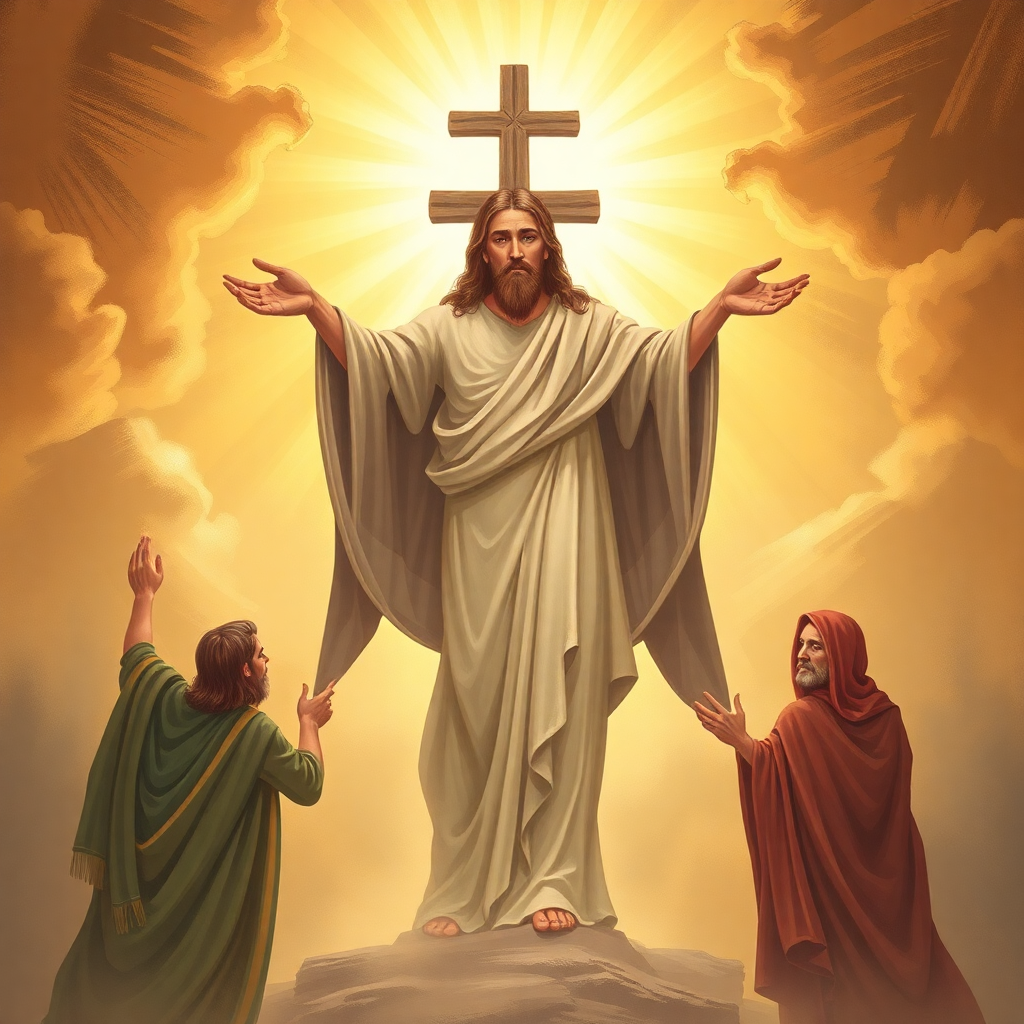What did the chi rho monogram refer to?
The Chi Rho monogram is derived from the first two letters of the Greek word for Christ, "Χριστός" (Christos). The Greek letter "Χ" (Chi) resembles the English letter "X," while "Ρ" (Rho) resembles the letter "P."
The Chi Rho monogram stands as one of the earliest and most significant symbols of Christianity, representing the name of Christ. It embodies profound theological meaning as well as historical significance. For many believers, the Chi Rho is not merely a piece of art or a design; it serves as a powerful reminder of faith, sacrifice, and the early Christian movement.
Origins of the Chi Rho Monogram
The Chi Rho monogram is derived from the first two letters of the Greek word for Christ, "Χριστός" (Christos). The Greek letter "Χ" (Chi) resembles the English letter "X," while "Ρ" (Rho) resembles the letter "P." Together, they form an intertwined symbol, often stylized in various artistic forms, which has been used since the early years of the church. The use of monograms for significant figures was common in the ancient world, and by adopting the Chi Rho, early Christians were able to convey their faith through a familiar and recognizable emblem.
This monogram became particularly prominent in the 3rd century, during a time of persecution for Christians in the Roman Empire. The Chi Rho symbol provided a sense of identity and unity among believers who often had to practice their faith in secret. It became a form of resistance against persecution, allowing Christians to claim their faith publicly while evoking the divine protection of Christ.

Theological Significance
The Chi Rho monogram holds deep theological significance. It serves as a succinct representation of the nature of Christ, encapsulating both His role as the Savior and His sacrificial love for humanity. Early Christians viewed this symbol as a declaration of their commitment to follow Jesus and to live out His teachings. By using the Chi Rho, believers honored Christ's central role in their lives and acknowledged His authority over all aspects of existence.
Moreover, the Chi Rho also connects to the concept of victory. In the context of the early church, the monogram served as a reminder of the triumph of Christ over sin and death. This association with victory became prominent after the Edict of Milan in 313 AD, issued by Emperor Constantine, which legalized Christianity.
Constantine himself is said to have had a vision of the Chi Rho before a decisive battle, claiming that this symbol assured him victory. This experience further solidified the Chi Rho’s association with triumph and divine favor, leading to its widespread adoption in Christian iconography.
The Chi Rho in Art and Architecture
Throughout the centuries, the Chi Rho monogram has been depicted in various forms of art and architecture. It can be found in illuminated manuscripts, stained glass windows, and frescoes, enriching the visual language of Christianity. Artists have often used the symbol to convey messages of faith, hope, and divine presence, enhancing the worship experience for congregants.
In ecclesiastical architecture, the Chi Rho monogram has been incorporated into designs of churches, altars, and vestments. It serves not only as a decorative element but also as a focal point, drawing believers' attention to the central tenets of their faith. The symbol's prominence in places of worship reinforces the message of Christ's love and sacrifice, inviting those who enter to reflect on their relationship with Him.
Modern Usage and Relevance
Today, the Chi Rho monogram remains a significant symbol in Christian communities around the world. It is often used in liturgical contexts and religious artwork, as well as in personal expressions of faith such as jewelry and tattoos. Modern Christians continue to find meaning in the symbol, seeing it as a powerful representation of their identity as followers of Christ.
The Chi Rho also serves as a reminder of the historical journey of Christianity. In an age where faith can sometimes seem fractured or challenged, returning to symbols like the Chi Rho encourages believers to embrace their heritage and the foundational aspects of their faith. It acts as a unifying motif, reminding Christians of their shared beliefs and the legacy that has been passed down through generations.